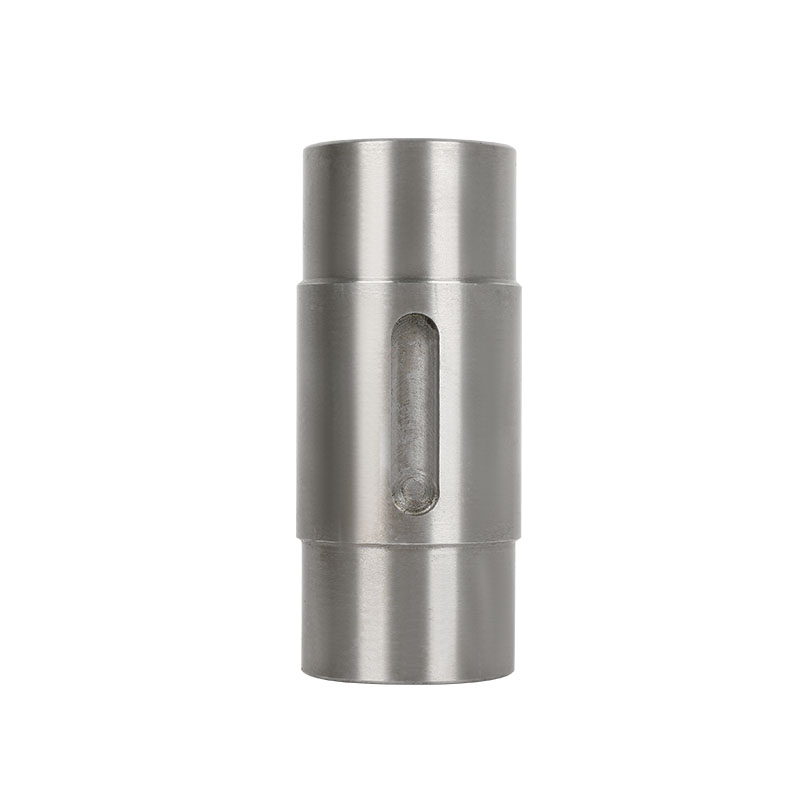The compatibility and integration of worm gear reducer accessories are crucial for optimizing performance efficiency in various mechanical systems. Here’s a detailed look at how these factors impact performance:
Accessories such as gears, shafts, and bearings need to match precisely with the worm gear reducer. Proper fit ensures smooth operation, minimizes friction, and reduces wear, leading to enhanced efficiency.Accessories must align correctly with the reducer's components to prevent misalignment issues. Misalignment can cause increased friction, vibrations, and premature failure, negatively impacting efficiency.
Accessories must be designed to work seamlessly with the reducer. This includes considerations such as gear ratios, load capacities, and speed requirements. Proper integration ensures that the system operates within its optimal performance range.Some accessories might require adjustment or calibration to match the specific operational conditions of the worm gear reducer. Accurate adjustments can lead to smoother and more efficient performance.
Accessories need to be compatible with the reducer's load capacity. Overloading due to incompatible accessories can lead to breakdowns and decreased efficiency.The materials used in accessories must match or exceed the strength of the materials in the worm gear reducer. Incompatible materials can lead to excessive wear and reduced operational efficiency.
Proper integration ensures even distribution of stresses across the reducer and its accessories. Uneven stress can lead to localized wear and decreased efficiency.Well-integrated accessories often require less frequent maintenance and adjustment. This reduces downtime and maintains high efficiency over the lifespan of the equipment.

Accessories must be compatible with the reducer’s thermal management system. Incompatible accessories can affect the heat dissipation process, leading to overheating and reduced efficiency.The materials of the accessories should withstand the operating temperatures and thermal expansion characteristics of the reducer.
Integration of accessories with the reducer’s cooling system ensures efficient heat dissipation. Accessories that do not integrate well with cooling systems can cause overheating and inefficiencies.Accessories should accommodate the thermal expansion of the reducer components. Poor integration can lead to thermal stresses and inefficiencies.
Accessories such as gears and bearings need to mesh smoothly with the worm gear. Incompatible gears can cause noise, vibrations, and inefficiencies.Accessories should be compatible with the lubrication system of the reducer. Proper lubrication is essential for reducing friction and maintaining efficiency.
Proper integration of accessories reduces vibrations and noise, which can otherwise affect the performance and efficiency of the reducer.Integrated systems ensure that all components work together smoothly, enhancing overall performance efficiency.
Choosing compatible accessories might involve higher upfront costs but can lead to long-term savings due to reduced maintenance and downtime.
Properly integrated accessories can improve overall system efficiency, leading to better performance and potentially lower operational costs.
The compatibility and integration of worm gear reducer accessories are essential for achieving high performance efficiency. Precise fitting, proper alignment, load handling, and thermal management all contribute to smoother operation and longer lifespan of the gear reducer. Ensuring that accessories are compatible and well-integrated can lead to enhanced operational efficiency, reduced maintenance needs, and overall cost-effectiveness.

 English
English русский
русский bahasa Indonesia
bahasa Indonesia
